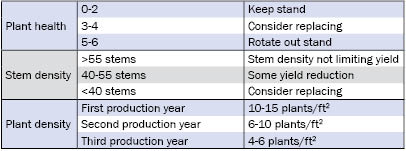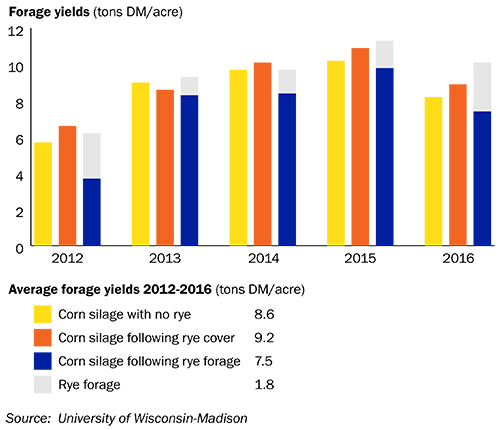
Growing a forage program from the ground up
 Steve Murty, Vita Plus forage specialist, discussed four steps to grow a forage program during his Vita Plus Midwest Dairy Conference presentation.
Steve Murty, Vita Plus forage specialist, discussed four steps to grow a forage program during his Vita Plus Midwest Dairy Conference presentation.
1. Develop the proper soil structure and biology.
Murty explained that soil structure affects its ability to retain and transmit air, water, and organic and inorganic substances that support root growth and development. It also plays an important role in improving soil productivity, enhancing permeability and preventing erosion. Murty said soils have different characteristics that can be controlled and changed over time, and it is critical to select the right forage that will excel in your soil.
“Good soil structure looks like moist chocolate cake,” Murty explained, and structure is a critical component of soil health. Managing for soil health maximizes presence of living roots, minimizes disturbance, maximizes soil cover and maximizes biodiversity within the soil.
Murty provided soil samples from fields managed with different tillage strategies. Heavily tilled soils easily fell apart while soils from permanent pasture held together. Murty said that’s because the latter soil had more microorganisms that secrete pectins or “biological glues” that hold soils together.
2. Understand the different forage growth phases.
Corn: Murty said corn puts down roots until it begins tasseling and most corn silage tonnage accumulates between the VE and VT stages. The size of the ear is already determined at V4. As kernels develop in stages R1 to R6 – a process that takes 50 to 60 days – their moisture content decreases and dry matter or starch increases. Stage R5 occurs 30 days post-pollination and it takes another 30 days to fill the last 55% of the kernel’s starch in the R6 black layer stage. Murty said these timeframes can guide management decisions, including fungicide application.
Alfalfa: Adequate storage of carbohydrates and sugars in the plant’s roots is key to alfalfa’s winter survival, Murty said. Those stores are full at the time of cutting, decrease as the plant regrows and buds, and begin regaining at week four as the plant blooms and goes to seed. As such, it is critical to give the plant enough time for it to rebuild its energy stores prior to winter dormancy. In the spring, Murty recommended being proactive in evaluating an alfalfa stand by looking at the plants above ground, as described in Table 1, and looking for root discoloration and rot.
Table 1. Assessing alfalfa winter survival above ground.

3. Harvest at the right time to maximize individual goals.
While alfalfa haylage and corn silage make up the majority of farms’ forages, producers have a wide variety of forage crops to meet their cows’ nutritional needs as well as manure management requirements.
- Cereal crops – such as wheat, rye, oats, triticale and barley – can provide fast tonnage as forage crops. Seeding with peas can improve forage quality, but doesn’t provide significant yield increases.
- Annual Italian ryegrass provides multiple harvests and can be a high-quality, leafy, and palatable forage. It may be underseeded with spring cereals as part of a season-long forage strategy.
- Sorghum and sudan can offer excellent nutritional value and multiple harvests. They can be good options following a crop loss because they mature early and are high-yielding.
4. Use economics to drive forage decisions.
Adding cover crops or additional forage crops can help farms maximize forage yields. For example, Murty shared the following results from at trial at the University of Wisconsin-Madison Arlington Ag Research Station. Corn silage following rye as a cover crop or rye as a forage crop increased forage yield over corn silage with no rye. Click here for more details from the trial.
Graph 1. Forage yield results from UW-Madison trial.

Click here to download Murty’s PowerPoint presentation from the Vita Plus Midwest Dairy Conference.
| Category: |
Crop varieties Dairy Performance Feed quality and nutrition Forage harvesting |

